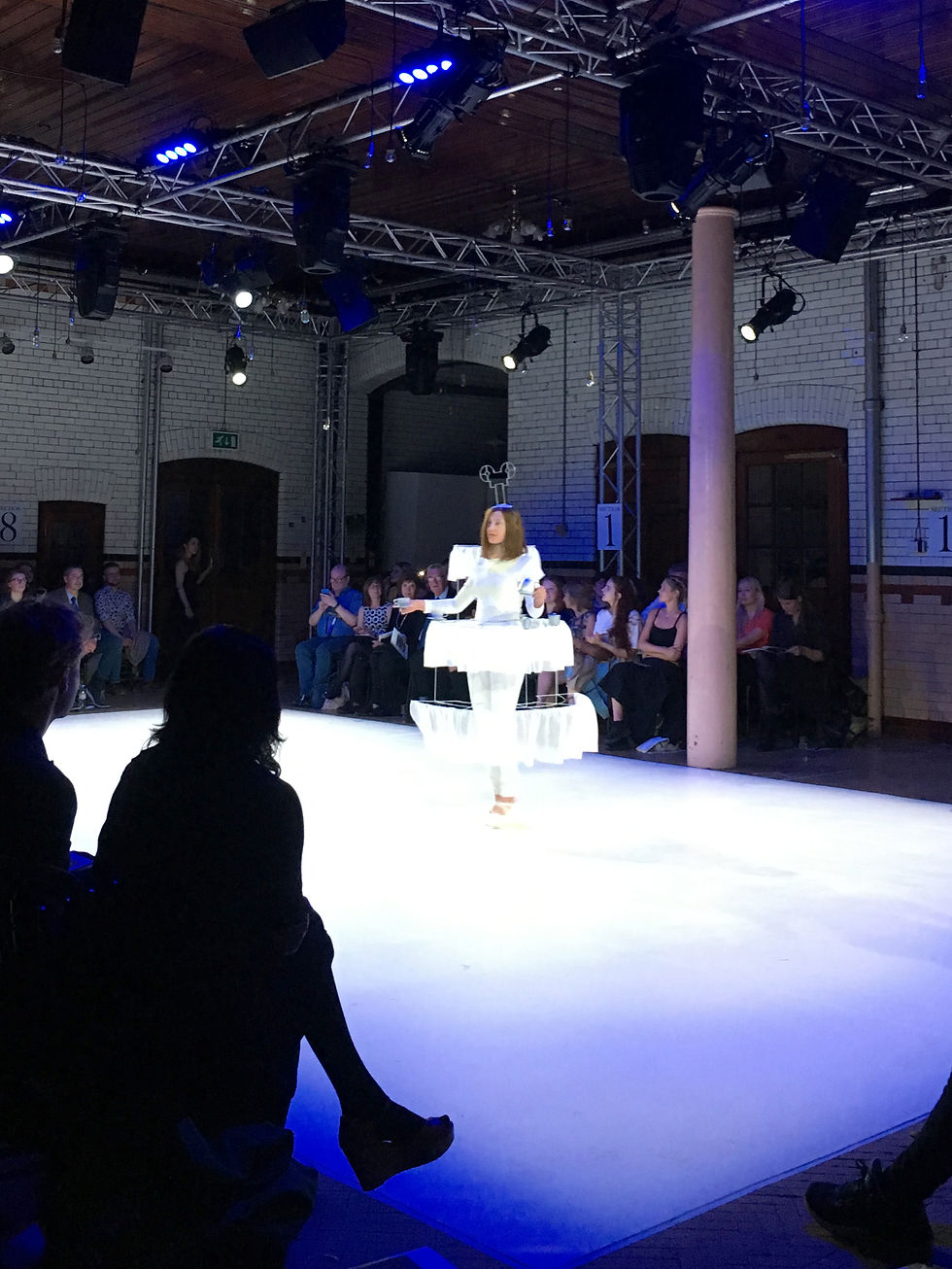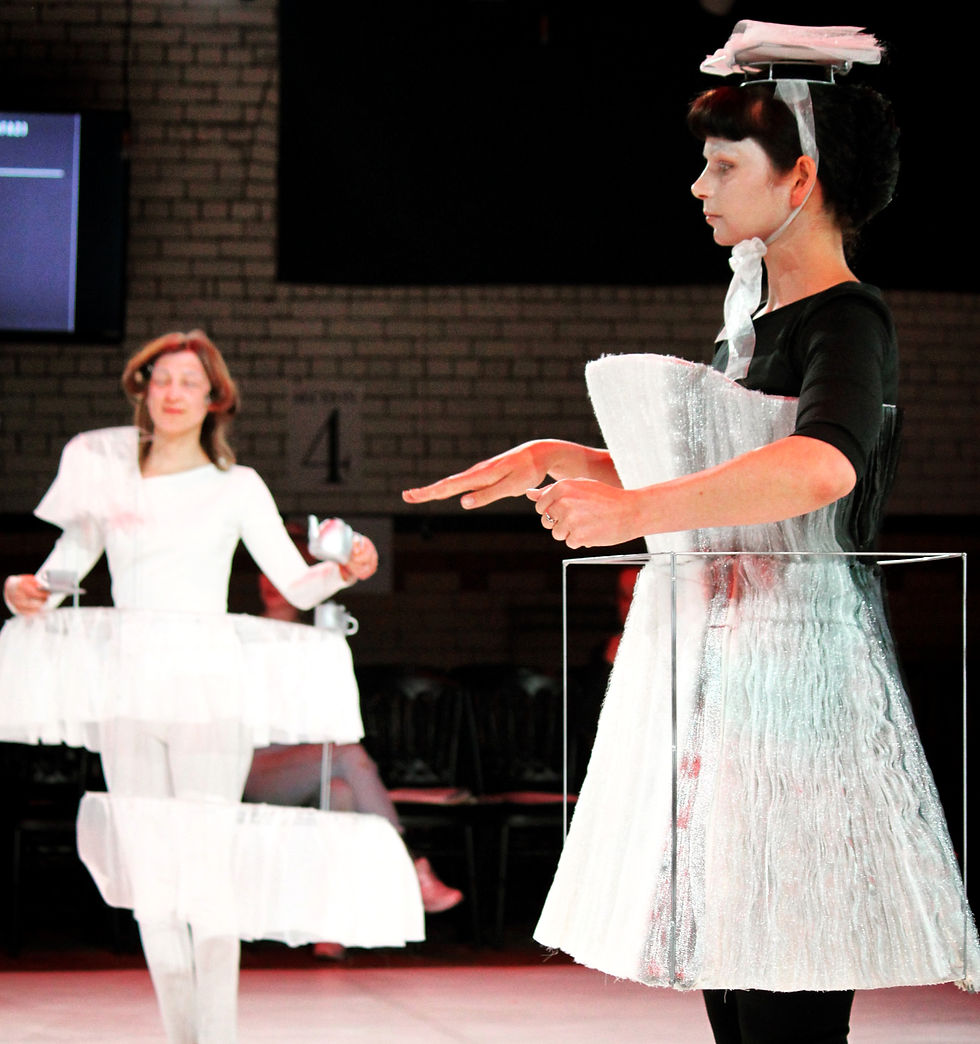Rhinoceros












The performance is inspired by Rhinoceros written by Eugene Ionesco after World War II. Bringing it on contemporary stage, my aim is to present absurdity and anxiety of modern society. It is represented in a gallery with both video and live performance, with each character separated in individual screen but having conversation at same time with each others.
It is a play reflecting Nazism and Fascism movement and propaganda during the time. No matter who decide to became rhinoceros by themselves or not, all characters but main character, Berenger, become green-skinned rhinoceros, as a metaphor of uniform of Nazism. However, the phenomenon happens not only in the past but also present. Nowadays, as globalization and Consumerism fulling all over the world, Capitalism has become a leading ideology without doubt.
Surrealism
The absurdity of life is expressed on illogical dialogue and the truth that people are gradually turning to rhinoceros. Life is like dream, filling with unbelievable drama and unrealistic things. Therefore, I interpret the play as Berenger's dream. By referencing surrealist artworks, such as Salvador Deli’s painting or Luis Buñuel’s film, I have distorted daily objects on costume to build up bizarre and dreamy atmosphere.
Loneliness
Everyone has to face the loneliness of life. No one would be one’s forever company and share the same life with each other. However, it also make individual different, having own experience and story. The performance intend to incarnate the concept on character and audience. The characters would be limited in their own space but still have conversation with each other, while audience are free to move in the space creating their own experience.
Boundary
By the contemporary performance, the relation between viewer and actor would be brought out and reconsidered. Unlike traditional performance having precise line between viewing and being viewed, the performance form is more interactive from each to each. While viewer is watching actor, he is also watched as that actors could improvise without directly touch with viewer.


Material

In my previous work, I did not jump out from tradition on both design and making part, only going for fabric as my material. To show the mechanization of human being, fabric would be not enough to support the concept. Referencing postmodern and surrealist fashion works, the material and technique on garment has revolutionarily changed. From metal to plastic, fabric is no longer the only way for garment making.
For Rhinoceros, fabric is still a basic material for costume, but the characteristic is too soft for stiff structure. Therefore, without applying traditional materials, I use a variety of materials, such as wire or card board, to create the sculptural shape. Each material would present different effect and extent by composing different volumes. In the case, experiments should be done before using it as formal material.
Additionally, the way to do colouring is important too. It would be distinct according to materials. There are ways for dying fabric, while the technique is different for synthetic and natural fabric. The way I colouring polyester is disperse dye, which is to paint the colour on paper and heat press it on fabric. As for natural fabric, I apply ice dye on silk to create random and smoky effect. For untraditional materials, I tend to keep original metallic lustre on wire but spray paint on copper rod to turn it from reddish-red to silver. Others like card board or lather, I keep the original texture and colour as black or white.
By composing different type of materials, I intend to create a series of imaginary characters with futuristic element. With structural costume, the human body shape and sexual characteristics would be blurred in certain extent. Roaming by the boundary between reality and dream, the surrealistic costumes would have their own meaning without dialog and performing like art works.






